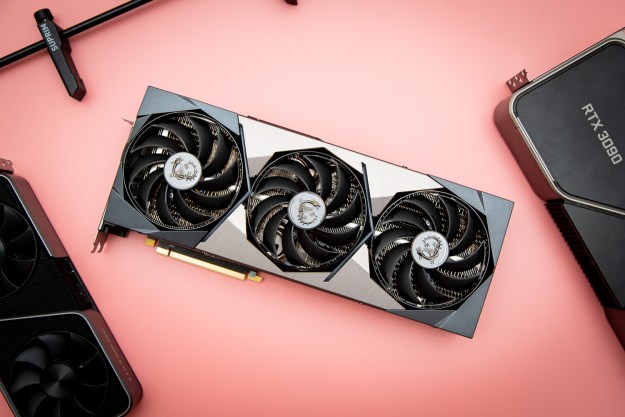
New figures released by the National Telecommunications and Information Administration (NTIA) show that roughly 40 percent of all Americans do not have broadband access at home (PDF). The figure translates to about 35 percent of all U.S. households, and a substantial portion of those people and households are in rural areas that are traditionally under-served by telecommunications providers.
The data were collected in October 2009 through a special Internet Use Supplement to the Census Bureau’s Current Population Survey, and covered about 54,000 households and 129,000 people. The most common reasons given by survey respondents for not having broadband at home were “don’t need” and “too expensive,” although many respondents also cited not having a capable computer (or any computer at all). In rural areas, lack of availability was the main reason for not adopting home-based broadband service, although overall only 3.6 percent of non-adopters cited lack of availability as a reason for not having broadband.
The NTIA and Rural Utilities Service are in the process of distributing some $7.2 billion in stimulus funding to bring broadband Internet access to areas of the country that lack high-speed Internet access.
Other interesting findings from the study find that the young and rich are the most likely to have home broadband: some 89 percent of Americans with annual incomes over $150,000 had broadband, compared to just 29 percent of Americans within incomes under $15,000 per year. Some 81 percent of respondents aged 18 to 24 have home broadband, whereas only 46 percent of respondents age 55 and over had broadband Internet access at home.


